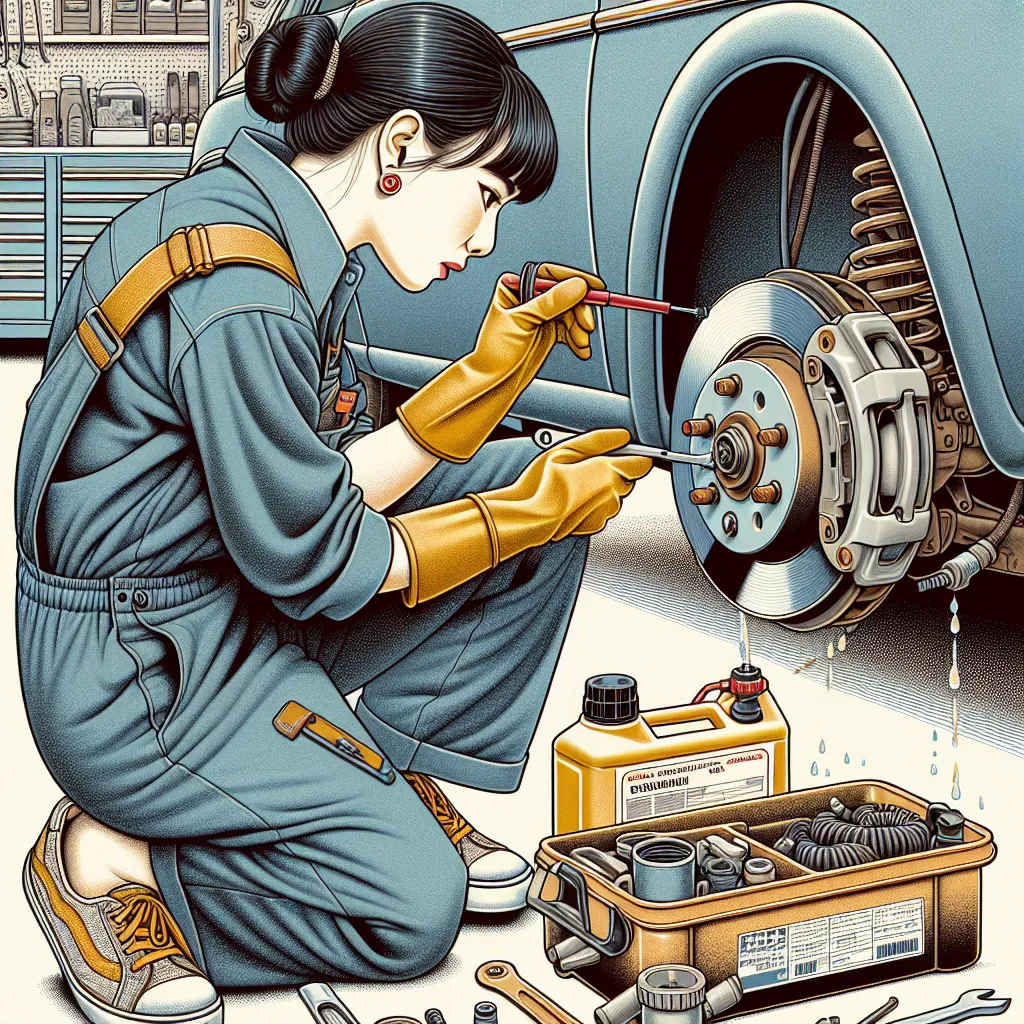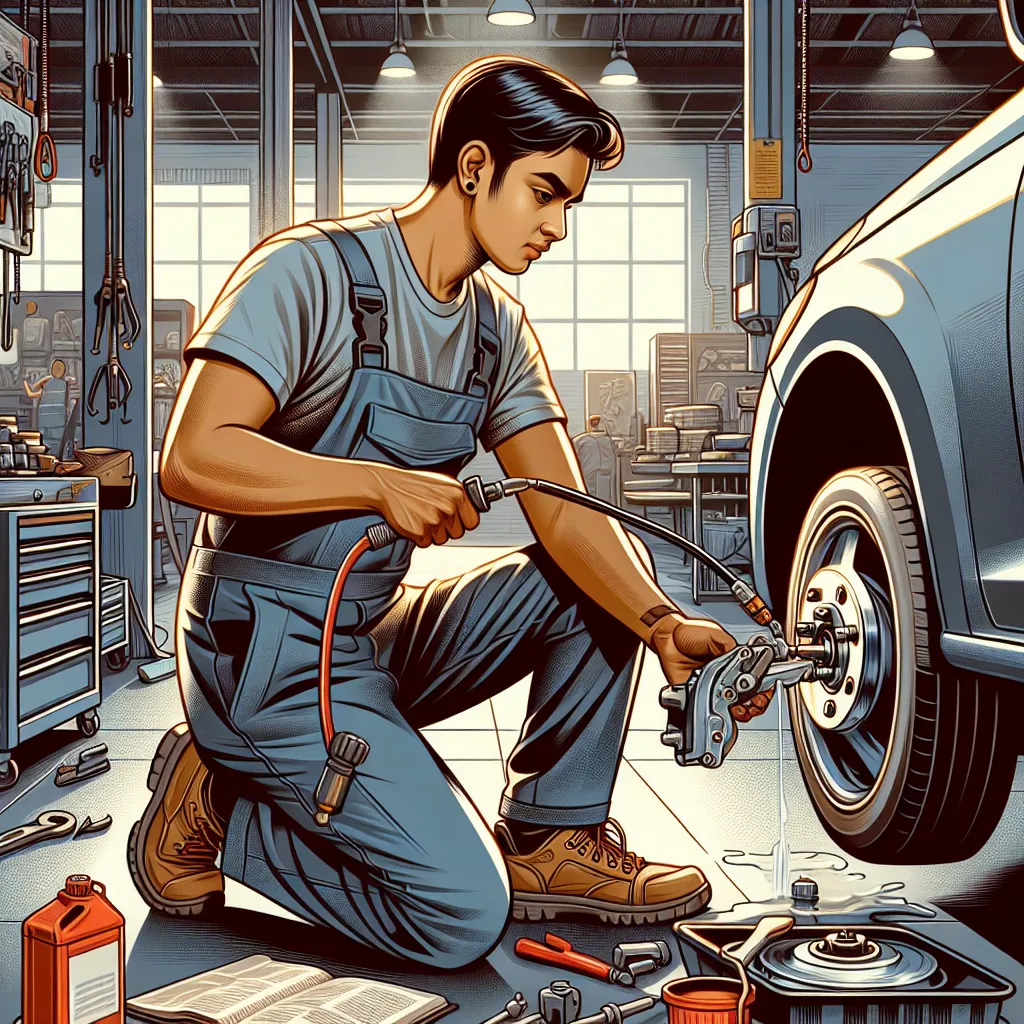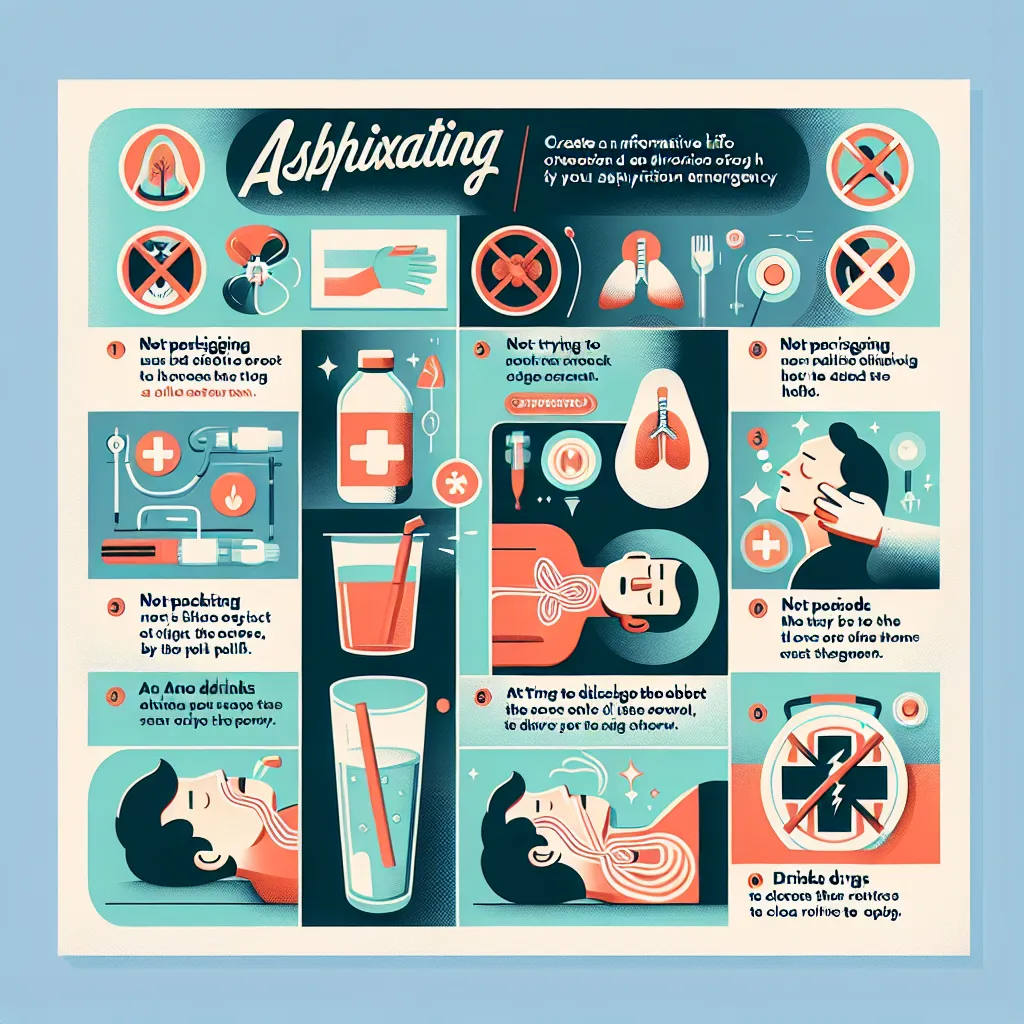Ask AI on The Internet
Bleeding brakes is an essential procedure to ensure that your brake system is free of air bubbles, which can compromise braking performance. Here’s a step-by-step guide to help you bleed your brakes: ### Materials Needed: - Brake fluid (check your vehicle’s manual for the correct type) - Clear tubing - A clean, clear container - Wrench (appropriate size for bleeder screws) - Brake bleeder kit (optional) - Jack and jack stands or a hydraulic lift - A helper (optional, but very helpful) ### Safety First: 1. **Safety equipment:** Wear safety goggles and gloves. 2. **Stability:** Ensure the vehicle is on a flat, stable surface. ### Step-by-Step Instructions: 1. **Locate the Brake Fluid Reservoir:** - Open the hood of your vehicle and locate the brake fluid reservoir. - Check the level of the brake fluid. If it’s low, top it off with the correct type of fluid. 2. **Jack Up the Vehicle:** - Use the jack to lift the vehicle and place it securely on jack stands. 3. **Locate the Bleeder Screws:** - Identify the bleeder screws on each brake caliper or wheel cylinder. Refer to your vehicle’s service manual if you are not sure where they are located. 4. **Prepare the Bleeder Screws:** - Use a wrench to slightly loosen each bleeder screw, then retighten them. This ensures they are not seized or too tight. 5. **Attach Clear Tubing:** - Attach one end of the clear tubing to the bleeder screw and place the other end into a clean, clear container partially filled with brake fluid (this prevents air from being drawn back into the system). 6. **Start with the Furthest Wheel:** - Begin with the wheel furthest from the brake fluid reservoir. Typically, this is the passenger side rear wheel. The sequence usually moves as follows: 1. Passenger rear 2. Driver rear 3. Passenger front 4. Driver front 7. **Bleeding Process:** - **Helper Method:** If you have a helper, have them sit in the driver’s seat and press the brake pedal: 1. Ask your helper to pump the brake pedal several times and then hold it down. 2. While the pedal is held down, open the bleeder screw slightly to release the fluid and air into the container. 3. Close the bleeder screw before your helper releases the brake pedal. 4. Repeat this process until the fluid runs clear and without bubbles, then retighten the bleeder screw. - **One Person Method:** If you’re using a one-person bleeder kit: 1. Follow the instructions provided with the kit, which typically involve pressurizing the system and then opening the bleeder screws one at a time. 8. **Monitor Brake Fluid Level:** - Continuously monitor the brake fluid level in the reservoir during the process and top it off as needed to prevent air from entering the system. 9. **Repeat for All Wheels:** - Repeat the bleeding process for each wheel as per the sequence. 10. **Check and Secure:** - After bleeding all the brakes, check the brake pedal feel. It should be firm. - Inspect each bleeder screw to ensure it is tight and there are no leaks. 11. **Lower the Vehicle:** - Carefully remove the jack stands and lower the vehicle back to the ground. 12. **Final Checks:** - Perform a final check of the brake fluid level and ensure all tools are removed from under the hood and car. - Test drive the vehicle at low speed to ensure the brakes are functioning properly. ### Tips: - Always use the correct type of brake fluid for your vehicle. - Dispose of old brake fluid according to local regulations. - If the brakes still feel spongy after bleeding, there may be another issue in the braking system that requires professional inspection. ### Safety Reminder: If you're unsure about any part of the brake bleeding process or if your brakes are not working correctly after bleeding, consult a professional mechanic to ensure your safety.
Think your answer is better than the AI's? Post it below.
Other Most Relevant Posts:
 1. **Suspected Poisoning: A Step-by-Step Guide**
2. **Student Distractions: Dangers and Consequences of Distracted Driving**
3. **Red Cross: Keeping Distance for Safe Drowning Rescues**
1. **Suspected Poisoning: A Step-by-Step Guide**
2. **Student Distractions: Dangers and Consequences of Distracted Driving**
3. **Red Cross: Keeping Distance for Safe Drowning Rescues**
 Ask AI: You have no illegal items on you and no warrants out for your arrest. You're stopped by the cops, what do you do?
Ask AI: You have no illegal items on you and no warrants out for your arrest. You're stopped by the cops, what do you do?
If you want your question answered by an AI, click here.





Post your own comment: